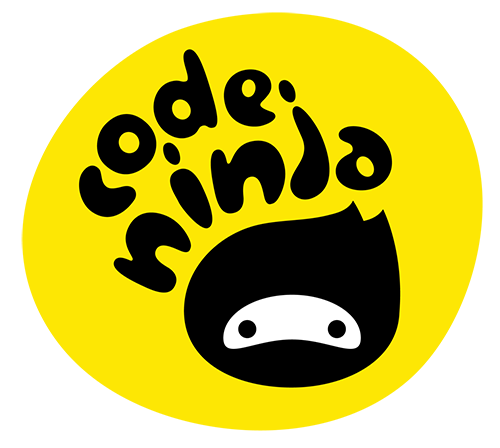CHIJ Coding for Sustainability 2025
CHIJ Environmental Science Club Programme - using code for real-world sustainability issues.
Chapter 4: 🌱 Eco-AI Projects
In this chapter, you'll apply what you've learned about AI vision to create three sustainability-focused projects using MIT Raise Playground. You'll explore hand tracking, face emotion detection, and image classification to build interactive applications that promote environmental awareness.
You'll create:
🖐 Five Fingers of Sustainability – Use hand tracking to visualize the "Five R's" of sustainability
😀 Eco-Emotion Meter – Connect facial expressions with environmental themes
🗑️ WasteWise AI – Train an AI model to identify compostable vs. non-compostable waste
These projects will help you understand how AI can be used as a powerful tool for environmental education and sustainable practices!
Project Platforms:
💻 Coding Platform: MIT Raise Playground: https://playground.raise.mit.edu/main/ 💻
🤖 Teachable Machine Model: teachablemachine.withgoogle.com/models/3H0_Xg5zF/
Project Handouts:
Training Dataset:
🖼 Download Image Dataset – Use these images to train your WasteWise AI model. 🖼
Remember:
Save your projects to Google Drive so you can access them from any device
Try using your WasteWise AI in the canteen to see how well it works in real life!
Chapter 3: 🤖 AI Vision
🤖 Project: Train Your Own AI – Image, Sound & Pose!
Ever wondered how a computer can tell if you're raising your hand, clapping, or holding up a peace sign?
In this lesson, you’ll train your own mini AI models using Google Teachable Machine. You’ll try out three types of AI:
📸 Image – teach it to recognise hand signs like Rock, Paper, or Scissors
🎤 Audio – train it to respond to sounds or Gen Z slang like “Sheesh!” or “Slay!”
🕺 Pose – help it recognise cool selfie or K-pop poses using body tracking
< Google Teachable Machine : https://teachablemachine.withgoogle.com >
Chapter 2: 🤖 Clean-Up Bot!
In this project, you will create a game where you control a cleaning robot that picks up trash items automatically. The challenge is to sort the waste correctly into three different bins.
Fruit and vegetables go in the compostable food waste bin
Meat goes in the non-compostable food waste bin
Containers (bottles, cartons) go in the non-food waste bin
You'll also learn to:
Use broadcasts to send messages between sprites
Create clones to make multiple copies of sprites
Use conditional statements to check which bin the waste touches
Use variables to keep track of score and waste
By the end of this project, you'll have built a fun game about proper waste sorting!
Scratch Remix Link
chapter 1: Water Tracker💧
💡In this project, you'll:
Learn how much water you use in daily life
Get tips to reduce water waste at home
Answer questions about your water habits (showers, laundry, etc.)
See your estimated monthly water usage
🧠 This project also teaches you:
How to use variables and math blocks
How to check for valid input (so no one types "pikachu" 😄)
Project Handout













